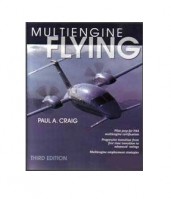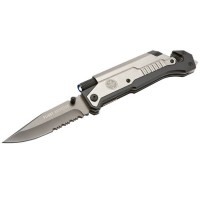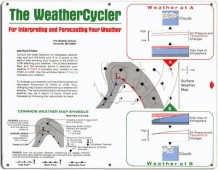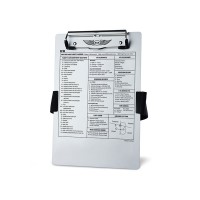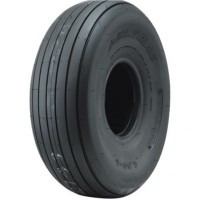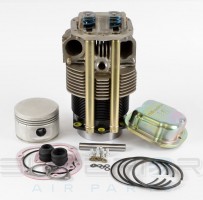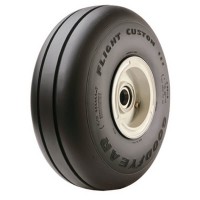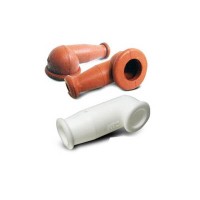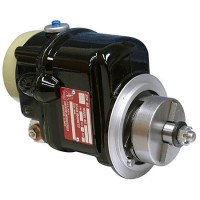ASA Navigating Weather
 Softcover Book
Softcover Book eBundle
eBundle eBook EB
eBook EB eBook PD
eBook PDOverview
|
Weather radar information is one of the most valuable tools available to pilots to ensure safe, efficient, and comfortable flight operations. Onboard weather radar allows pilots to tactically navigate near and around severe weather with confidence. And with the advent of datalink radar data systems, pilots of all types of aircraft and skill levels can easily access similar vital information. Yet pilots must understand how to use these technologies and their potential flaws to avoid inadvertently getting too close to or penetrating severe weather, which could obviously have detrimental outcomes. Author Dr. David Ison takes you through the fundamental knowledge and skills necessary to operate both airborne and datalink weather radar. With a focus on simplicity and real-world application, Dr. Ison introduces and explains the essential concepts of radar operation and interpretation. Beginning with radar and severe weather theory, he covers attributes of inclement weather phenomena, how they are detected, and how pilots can evaluate these conditions through available radar sources. Airborne weather radar essentials such as attenuation, tilt management, contouring, and gain are explained with real-world examples. The text outlines advanced features including auto-tilt, turbulence detection, wind shear warning systems, and terrain mapping and provides operational strategies for all phases of flight. The detailed sections on datalink radar information explain how the system works, how to use available data, and common pitfalls. Dr. Ison describes the advantages and disadvantages of both airborne and datalink radar systems to help pilots understand the best and most effective use of each. Each chapter provides case examples, concept questions to test your understanding, and scenarios to assess your judgment and evaluation skills. Regardless of your current skill levelóand whether you are just considering adding datalink radar to your toolkit or have been flying with airborne radar for years óthis book can serve as a fundamental reference on using radar data in flight. |
WARNING: Cancer and Reproductive Harm - www.P65Warnings.ca.gov. |
Specifications
- Author: Dr. David Ison
- ISBN: 978-1-64425-122-5
- Date Published: 2021
- Page Count: 184 pages
- Illustrations: Color throughout
Documents
Version Types
eBook PD - A protected document that looks identical to its print book counterpart. Exact formatting and layout of the print books is maintained (text, images, margins, page breaks, etc.). Displays best on 10-inch or larger screens. Not recommended for small screens (phones) which require you to zoom in and pan around to see the full page. This document is not a .pdf file type. It is a .acsm file type. See http://asa2fly.com/use-ebooks for more details on how to setup your device.
Softcover Book - Printed book with heavyweight cover stock.
eBook EB - A protected document designed for reflowable content. Also referred to as an ePub or "Electronic Publication" format. Easily viewed on both small and large screens. Text, images, and pages will adapt or reflow to fit the screen size of the device, so zooming is not necessary to read. Text size can be adjusted in an ebook reader app. Visit http://asa2fly.com/use-ebooks for more details on how to setup your device.
eBundle - Includes both the print book and eBook PD.
Q&A
Please note, Aircraft Spruce's personnel are not certified aircraft mechanics and can only provide general support and ideas, which should not be relied upon or implemented in lieu of consulting an A&P or other qualified technician. Aircraft Spruce assumes no responsibility or liability for any issue or problem which may arise from any repair, modification or other work done from this knowledge base. Any product eligibility information provided here is based on general application guides and we recommend always referring to your specific aircraft parts manual, the parts manufacturer or consulting with a qualified mechanic.








 FREE Shipping
FREE Shipping
